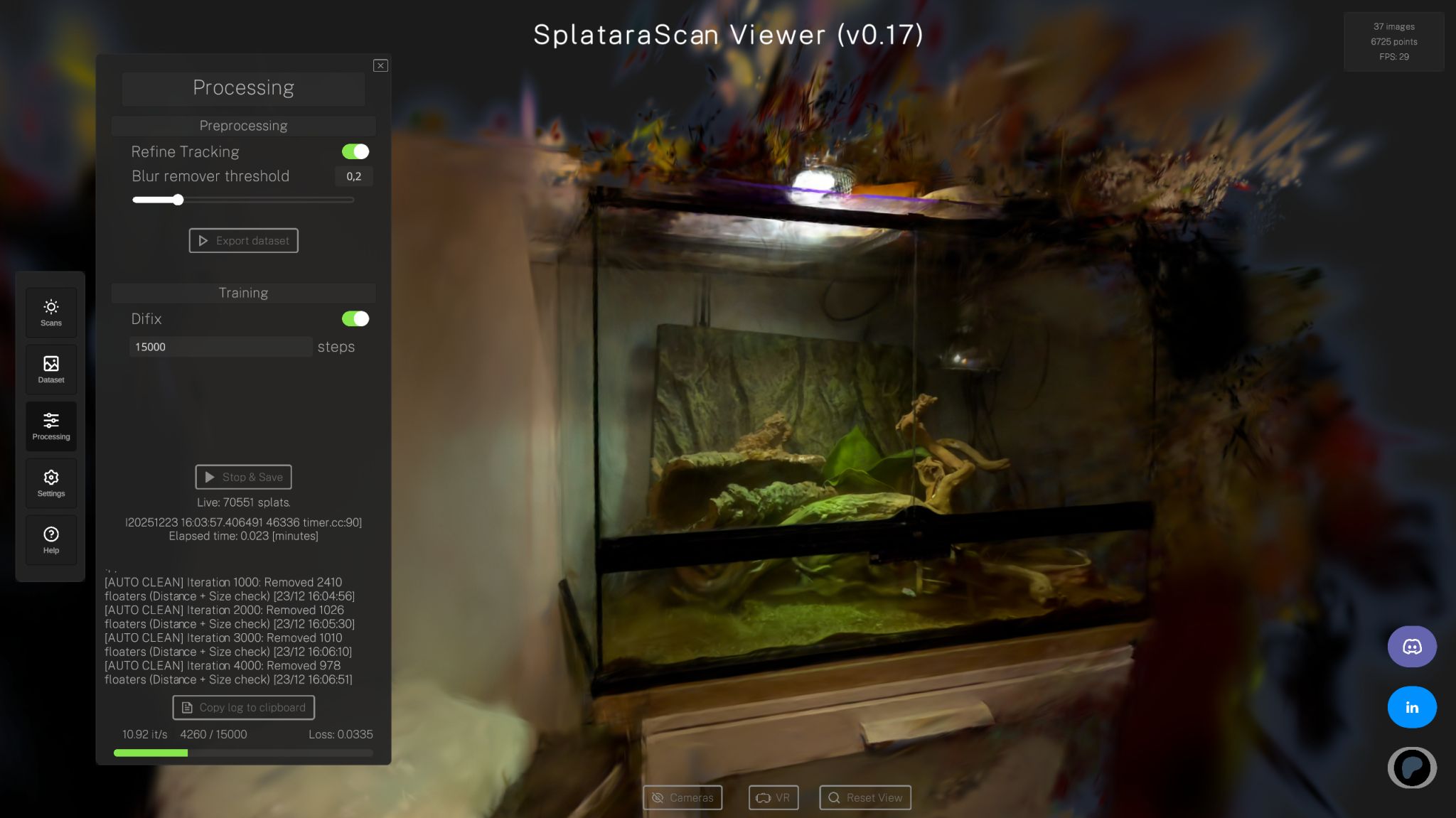
Michael Rubloff
Sep 15, 2025
UNIGINE, long known as a technically demanding real time 3D engine, has rolled out version 2.20 of its SDK and with it, experimental support for Gaussian Splatting.
This marks a significant step for the platform. Traditionally, UNIGINE has been a go to engine for simulation, industrial training, and large scale virtual environments, where precision and performance matter as much as visuals. By adding splat support, UNIGINE opens the door to real world scan data becoming a native part of its ecosystem.
The plugin, still labeled experimental, allows direct import of .ply files. There is no information yet if any of the compressed formats such as SPZ or SOGs is supported yet. Once inside UNIGINE, the splats can be rendered in real time, complete with a ready to use demo project included in the Sim SDK. For industries that rely on high-fidelity reconstructions, from aerospace simulation to virtual twins of industrial sites, this lowers the barrier to experimenting with splats in production grade environments.
Gaussian Splatting isn’t the only highlight in 2.20, but it’s certainly the most forward looking. Alongside it, UNIGINE has introduced upgrades across rendering and performance. The release also sharpens UNIGINE’s XR stack, with eye tracking, foveated rendering, and passthrough MR support for high end headsets, alongside usability improvements like a new drag and drop UI toolkit.
This is the latest engine to support Gaussian Splatting and may represent an exciting future whereby lifelike 3D is fully supported across industry standard applications. UNIGINE calls the splat plugin “experimental,” but given the platform’s history of bringing advanced rendering techniques to industry, it’s one more sign that Gaussian Splatting is moving beyond research demos and into mainstream 3D engines.







